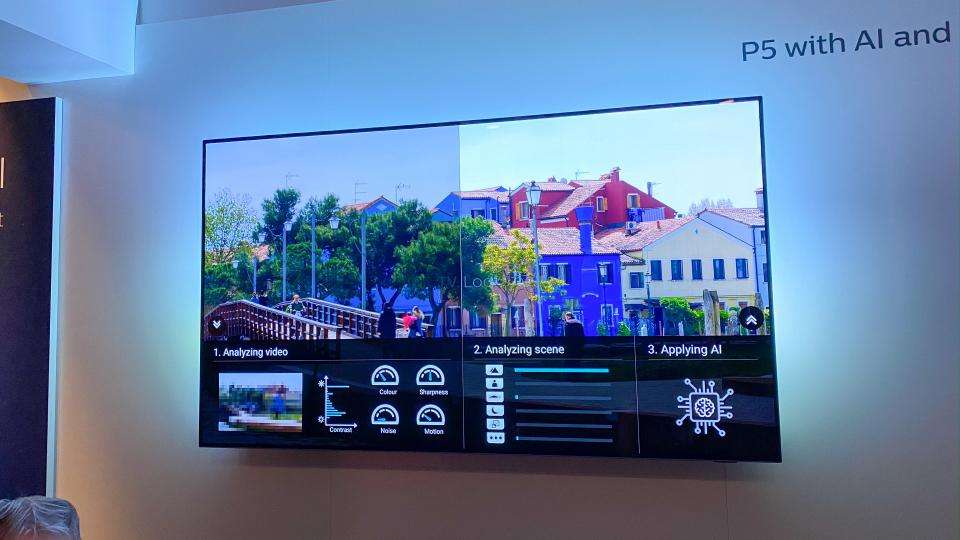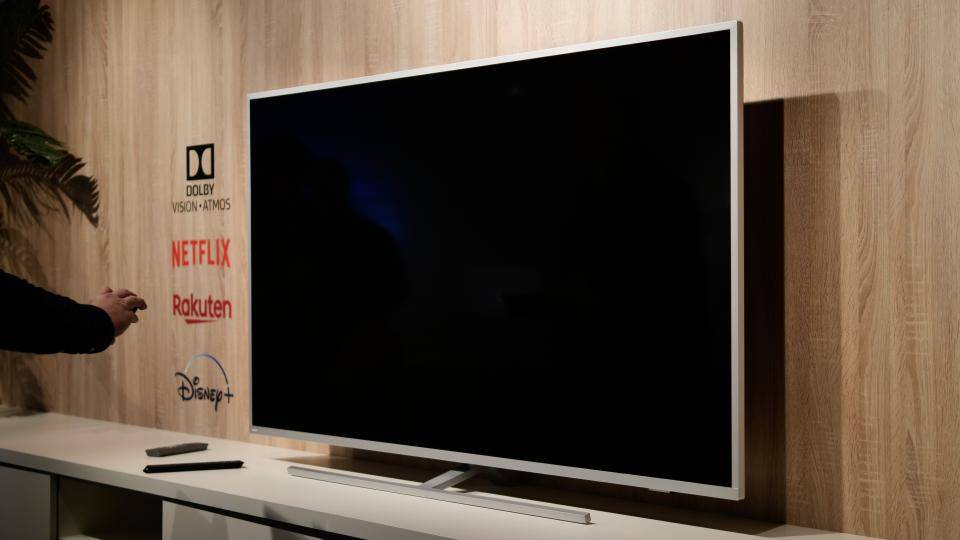Philips unveil fresh new OLED TVs for 2020: The OLED 805 and 855
Philips has unveiled its latest series of OLED TVs for 2020 at the company's annual launch event in Amsterdam, Netherlands – the Philips OLED 805 and OLED 855.
The new sets arrive in the form of three new models - two versions of the OLED 855 in 55in and 65in and one of the OLED 805 in 55in – which will be released in May 2020. All three will feature the latest generation of Ambilight technology, coupled with Philips’ newest iteration of its P5 picture quality engine.
The latter, inevitably, will feature AI processing for the first time in a bid to improve picture quality, although – perhaps surprisingly – there was no mention of the 2020's big TV buzzword: 8K.
READ NEXT: Read our guide to the best TVs to buy today

The lack of 8K may be a good thing, though, with Philips concentrating on improving the quality of existing content instead of catering for content that does not yet exist. And it does look promising on that front.
The firm's new tech aims to improve picture quality through the analysis of millions of test clips created by Philips TV boffins over the course of the last 30 years. And it does look as if it works. In a technical demo shown to journalists at the launch, the system did really seem to help, boosting colours and contrast without ever overdoing it. The demo mode built into the TV (see photo above) shows the system working in real time, categorising the picture into five different classes - motion, nature (ie landscapes), faces, dark and noise - then adjusting various parameters according to the content displayed onscreen.
Philips says that the overarching aim of the AI processing within the 4th generation P5 picture engine is to create a more natural-looking image that “no longer feels like TV”, and strikes the perfect balance between elements such as colour, contrast, motion and sharpness. Hopefully, that turns out to be the case
Elsewhere, full details are yet to be unveiled but we do know that the TVs support HDR10, HDR10+, HLG and Dolby Vision and that they also come with Philips proprietary HDR upscaler – Perfect Natural Reality – which aims to turn standard dynamic range content into something approximating HDR, partly through improved, real-time detection of specular highlights.
There’s also Dolby Atmos decoding support in both sets, a 50W speaker system and the TVs also have a new stand design that’s finished in “dark chrome”.

The user interface continues to be driven by Android 9 Smart TV, complete with Google Assistant and Chromecast. Oddly, though, these premium TVs won't be supplied with the leather-clad “premium” remote control that the new Philips Bowers & Wilkins LEDs TVs get.
There’s no word yet on price, but we’ll update this article with full details and pictures once we get the chance to go eyes-on with the new TVs very soon.
Your comment